GEO for Retail Websites: What Content Creators Must Know in the Age of AI Assistants

Amanda Jones

A New Front Door for Retail
For years, retailers focused on search engines and carefully designed homepages to drive traffic. But the digital front door has shifted once again. As highlighted in a recent Forbes article, shoppers aren’t browsing category menus, scrolling through product grids, or typing “best outdoor jacket” into Google anymore.
Instead, they’re asking AI assistants:
“I’m hiking parts of the Pacific Crest Trail this summer. What jacket should I buy?”
And the answers aren’t coming from Google or your homepage. They’re coming from ChatGPT, Claude, Perplexity, and Gemini. These AI assistants surface recommendations based on the content they’ve been trained on, and not necessarily on how well you rank in search results.
For retail brands, this means that Generative Engine Optimization (GEO) (also called answer engine optimization (AEO) or large language model optimization (LLMO)) has become the new discipline that content teams must master.
Why This Matters for Retail Content Teams
Content is still king, but the rules of the kingdom have changed. Yesterday, shoppers browsed; today, they ask. Instead of relying on site navigation or keyword-driven SEO, consumers now expect conversational, context-rich answers delivered instantly by AI.
The stakes are enormous:
-
AI-driven traffic converts up to 9x better than traditional channels.
-
Consumers trust AI recommendations because they feel personal and contextual.
-
Brands absent from AI-driven answers are essentially invisible at the moment of purchase.
The homepage isn’t just less important. For many shoppers, it’s irrelevant. The conversation now happens upstream, in the AI assistant’s response window.
GEO vs SEO: What Changed?
Traditional SEO focused on keywords, backlinks, and page rankings. That playbook doesn’t apply to AI-driven user experiences. Instead:
-
LLMs don’t crawl for short-form content. They rely on structured, high-quality data they can parse and contextualize.
-
Nuanced questions win. Content must be designed to answer detailed, situational queries rather than generic keyword searches.
-
Trust matters more than volume. LLMs favor concise, well-sourced, and authoritative information.
Put simply: you’re not optimizing for clicks anymore. You’re optimizing for answers.
The GEO Playbook for Retail Website Content Authors
So how do you ensure your brand’s products show up when shoppers ask AI assistants? Here are practical steps content teams can take:
1. Start With the Right Questions
Don’t just write generic product copy. Tap into your customer support tickets, online reviews, forums, and social channels to find the real questions shoppers are asking.
For example, instead of writing:
“This jacket is made of lightweight waterproof material.”
Write content that answers:
“What’s the lightest waterproof jacket for a 3-day hiking trip?”
2. Use Structured Q&A Formats
Organize your content so LLMs can easily parse it. FAQ sections, product comparisons, and question-driven content blocks are especially powerful.
On a CrafterCMS-powered retail site, this could mean embedding FAQ widgets directly on product pages, with structured metadata that makes answers machine-readable.
3. Make Product Pages Answer-Centric
Go beyond listing specs. Frame features in context of customer scenarios:
-
Best for budget hikers
-
Premium option for extreme weather
-
Ultralight pick for thru-hikers
This format aligns closely with how AI assistants phrase their recommendations.
4. Prioritize Unique, Authentic Content
LLMs are selective. They won’t index every piece of content. Instead, they prioritize authentic, trusted information. This means:
-
Fresh content updates
-
Transparent product sourcing and reviews
-
Clearly attributed information with context
5. Add Rich Metadata and Schema
Structured data (like schema.org markup) helps AI assistants identify and classify your products. Retailers who invest in clean, machine-readable metadata will stand out in LLM-driven results.
How CrafterCMS Is Built for GEO
CrafterCMS was designed for the modern omnichannel content landscape. For retail content teams, it provides:
-
-
Structured Content Models: Easily define and manage reusable Q&A blocks, product details, FAQs, and metadata that LLMs can parse and reuse across channels.
-
Headless + Hybrid Architecture: Not only deliver content to websites, mobile apps, voice assistants, and AI-driven experiences, but also support benefit from a enterprise-grade content platform with fully WYSIWYG content editing, server-side development support, ability to create your own custom APIs, and a built-in search engine for full-stack flexibility.
-
DevContentOps Workflows: Collaborate efficiently across content authors, marketers, and developers with Git-based versioning and workflows that keep content versioned, structured, and always machine-ready.
-
Composable Flexibility: Integrate customer data, real-time product feeds, and AI-driven personalization to tailor experiences to every shopper’s unique context.
-
AI-Native CMS: CrafterCMS is also a platform for building AI-powered digital experiences, from generative search to conversational agents, ensuring your brand stays visible in the new GEO landscape.
-
With CrafterCMS, retail teams can adapt quickly to the new GEO era, making sure their products show up where shoppers are actually asking.
The Future: From Homepage to Answer Page
The homepage isn’t dying; it’s already being expanded. The front door to retail is now conversational AI.
Brands that embrace Generative Engine Optimization today will enjoy a compounding advantage tomorrow. Once AI assistants learn your products as trusted answers, they’ll continue to recommend them: organically, contextually, and persuasively.
For content authors and editors, this is both a challenge and an opportunity. Your role is no longer just about crafting product copy or landing pages. It’s about teaching AI assistants who your brand is, and why your products are the right answers to your customers’ questions.
The rules of retail content have changed. Will your brand’s story be part of the answer? Sign up for a free CrafterCMS trial today and see how.
Related Posts

Websites Are Dead?

Mike Vertal

No-Code Experience Building for Marketers & Designers

Amanda Lee

The Future of Web Experiences: From Browsing and Searching to Conversational AI

Mike Vertal

From Content Author to AI Co-Creator: The Next Evolution of CMS Workflows with MCP

Amanda Lee
Related Resources
-
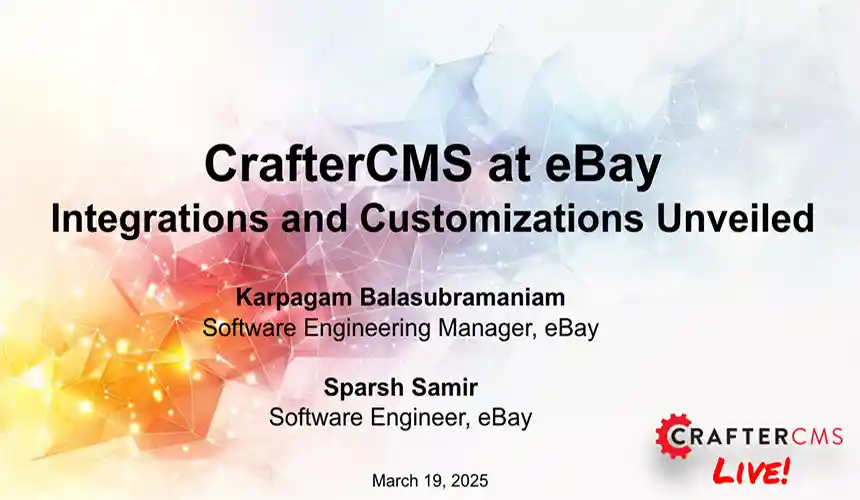
CrafterCMS at eBay: The Universal Content Platform for eBay.com
Webcast
-
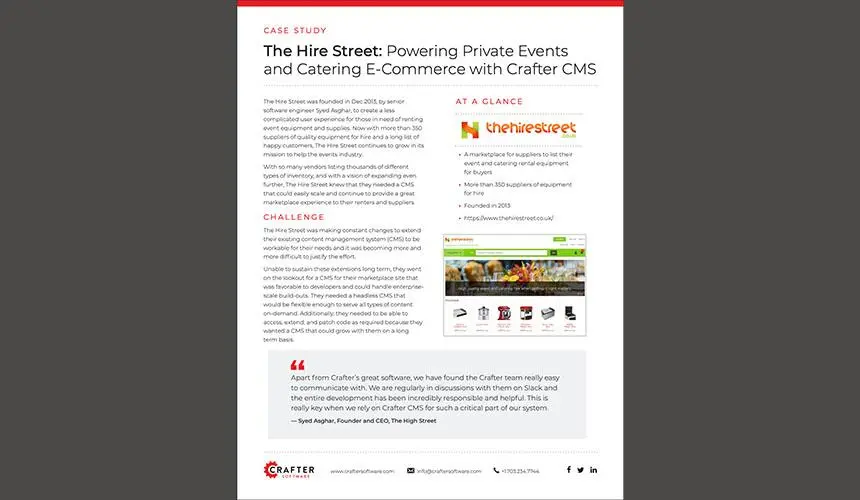
The Hire Street: Powering Private Events and Catering E-Commerce with CrafterCMS
Case Study
-
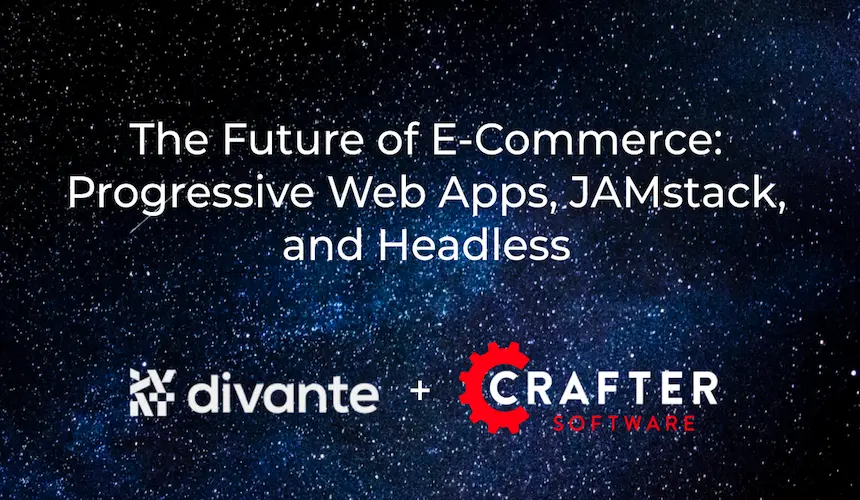
Future of E-Commerce: Progressive Web Apps, JAMstack, and Headless
Webcast
-
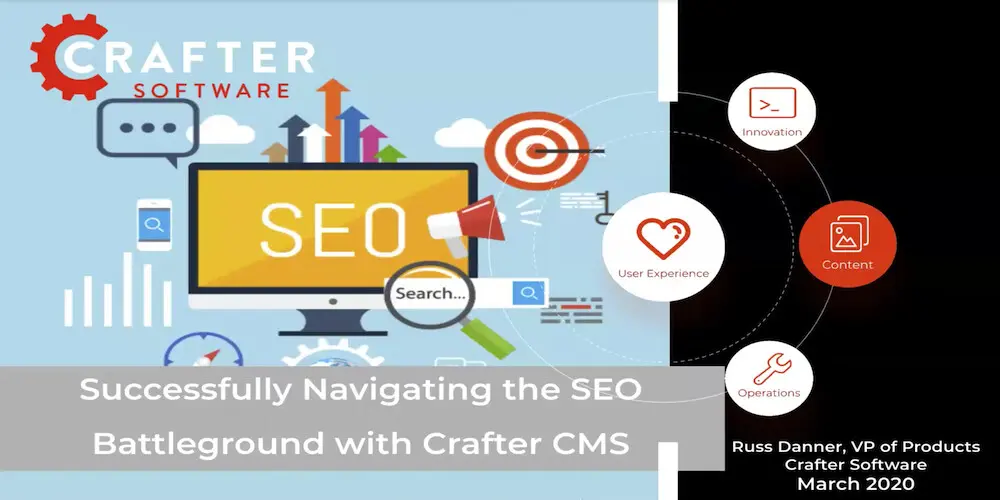
Successfully Navigating the SEO Battleground with CrafterCMS
Webcast
-
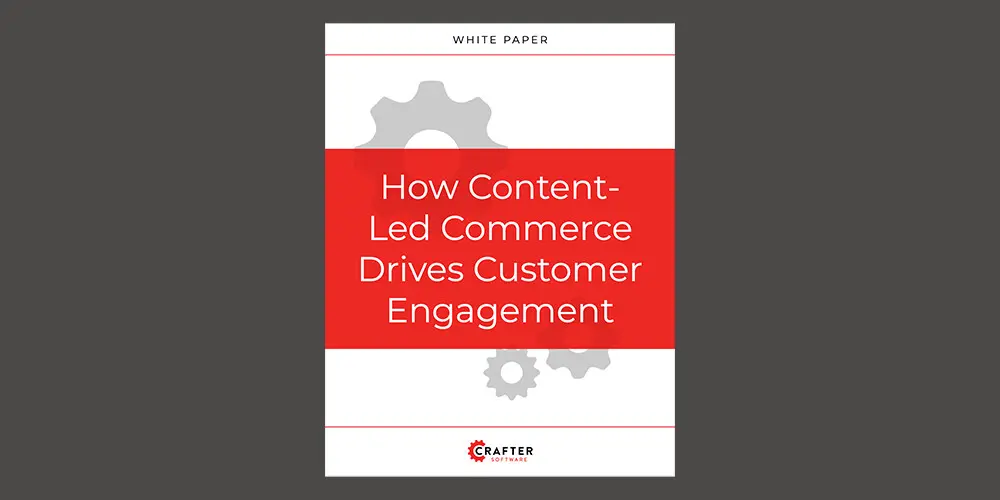
How Content-Led Commerce Drives Customer Engagement
White Paper





